1. Hunger for energy
One of major issues with the high-tech in door farming system based on hydroponic, is that the system is of highly hunger of the energy due to use of the LED light, sensors and actuators like valves and pumps. Psychologically, it is a issue that people don’t want to spend too much money on a machine that produces less green. In fact, I am quite shocked when I hear a ordinary household system costs energy as much as a fridge
It is a business trade off between the green and energy. We surely can have solar power, wind power for energy resource, however, cost, maintenance for the individual or family use are still big problems.
2. A great Design
So unlike conventional large green house or roof farming who focuses really on large farming production, the values of small scale, in-door farming system might not lie on the production, but more on the elegant design that adds green and healthy element and life style to the house, or intelligent apps autonomously help coordinate the resource of water, energy and green based on the sensors and adaptive robot learning algorisms possibly. That is to say we need a good design and good app.
Since now in the long tail economy, it is now getting harder and struggling to say what the customer really want. There is no longer a popular design that dominates and satisfies to all, except in circumstances that you control the whole chain of ecosystem like what Apple does now.
Again a module design on the hardware for adapting to new components, interfaces, i.e. adding a solar system for energy, or adding a camera for visualization. Modularity means the flexibility for the customer’s needs and it help to gain new life cycle when in necessary
A good app for green farming?
apps to make people manage the input and output in terms of finance, material, time -as when it is for the new, how long, and when it will be grown out, useful information, the condition of the grown, the phase of the grown, the energy produced and used
For a open design on the software, it is more important to have geeks to come in and play their part , prototype with it in a their own intelligent way and easy way. software interface is necessary for this reason.
For the time being, we are seeing many good designs, one good example is from Danielle Trofe inspired by the green wall.

Trofe’s creation works much like hydroponic systems, which grow plants using nutrients without soil. Electric pumps send water up the stands based on a timing system that can be customized for each pod. Excess water trickles back down the shaft and into the reservoir at the foot of the unit. Each pod has an LED light built into its underside to provide extra ‘sunlight’ for the plant below it.
The Live Screen is a modular design, so it can be adapted to fit any space of a minimum size. Because it is a standalone setup, it doesn’t depend on a wall, thus the "screen" in the name. I could see these being used in lieu of cubicle dividers in offices, providing a much needed dash of green along with some privacy- as long as you keep the plants alive. Plus, there’s the added benefit of growing herbs, vegetables and even fruit at your desk or in your city apartment.



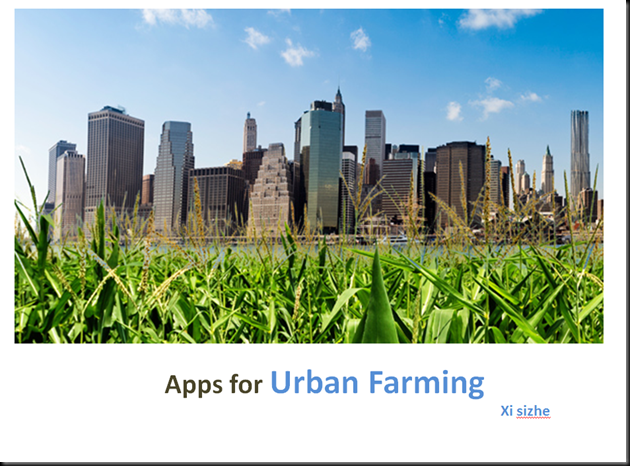
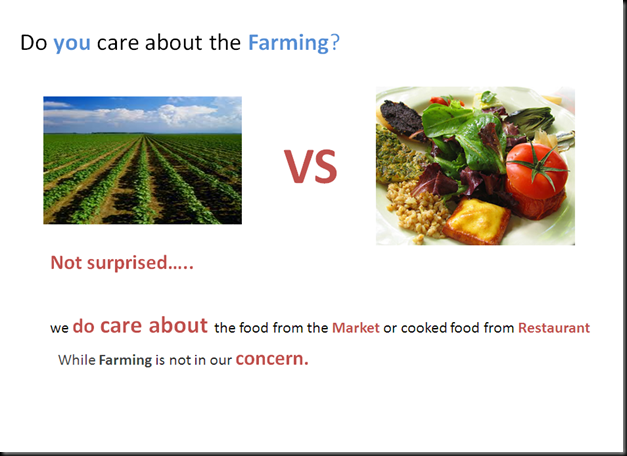
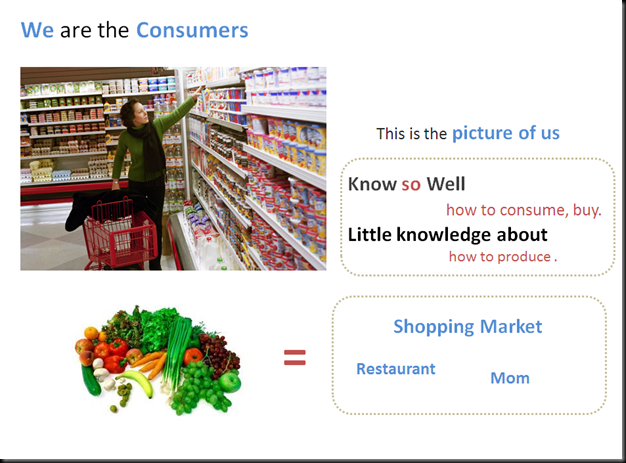
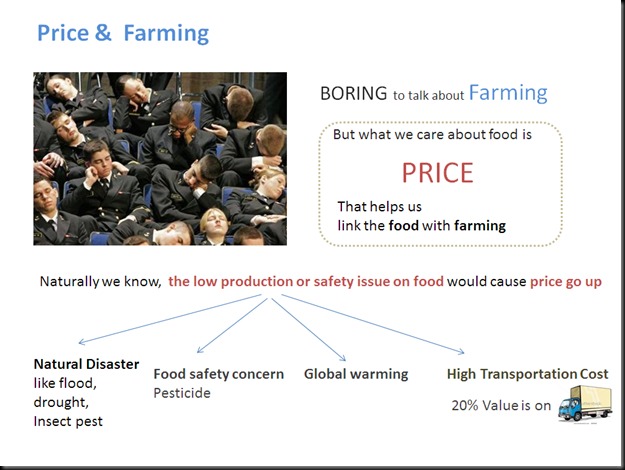



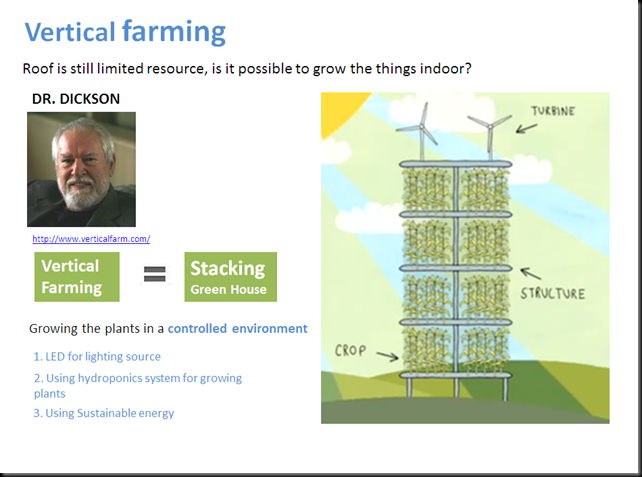
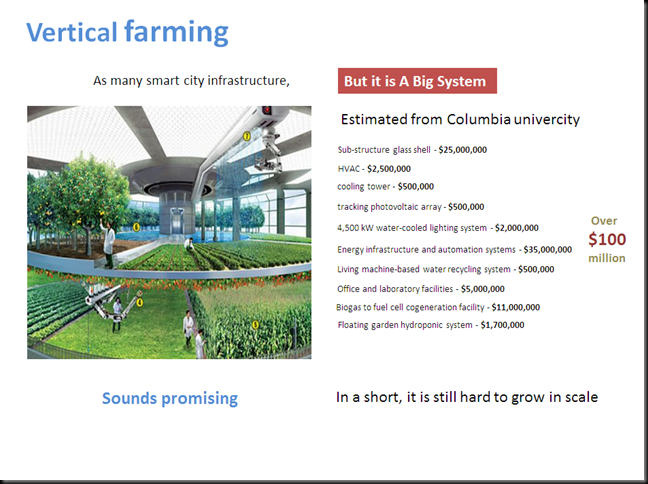
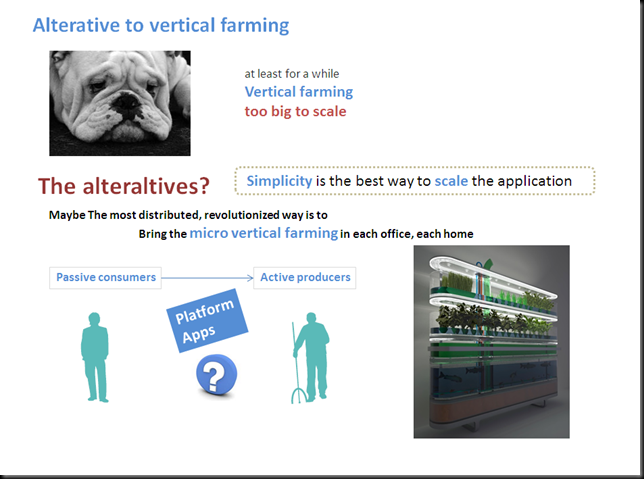
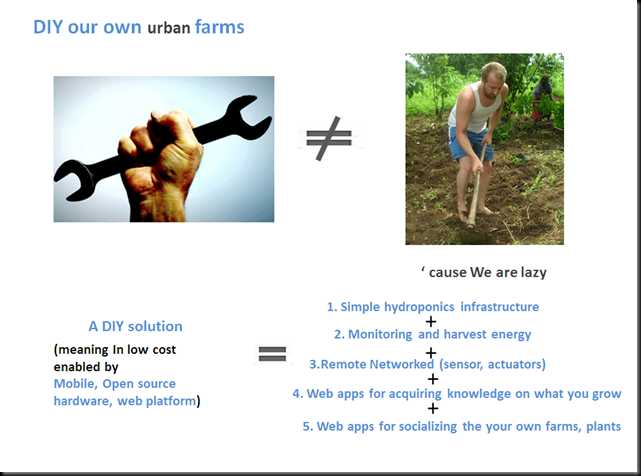
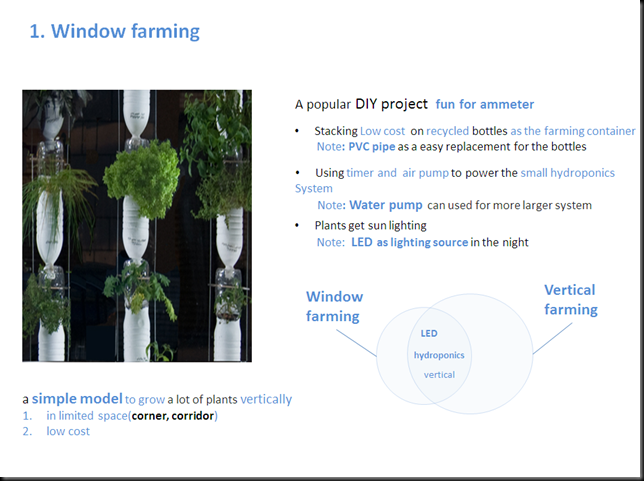


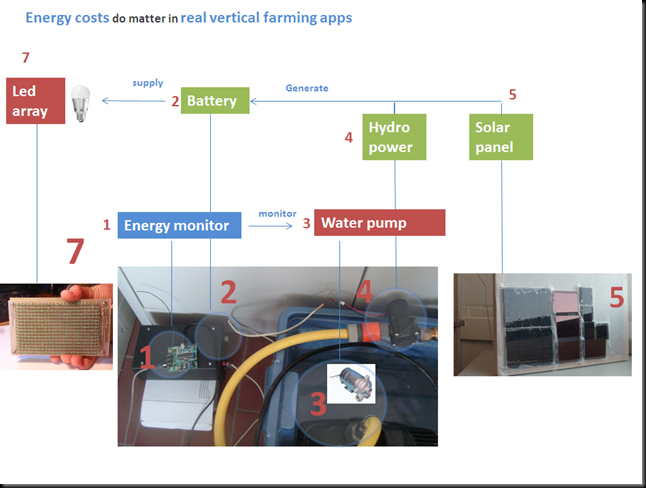

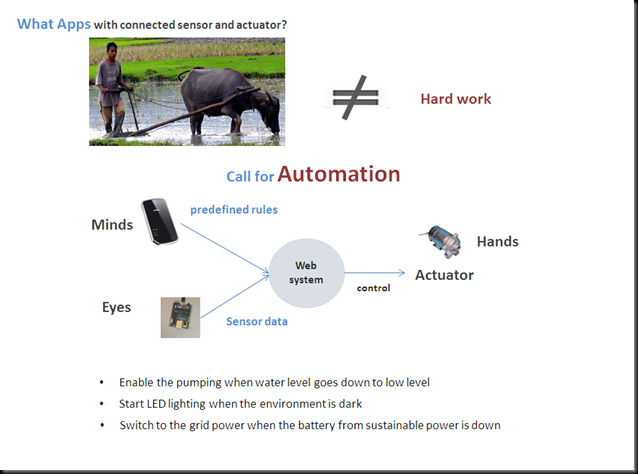

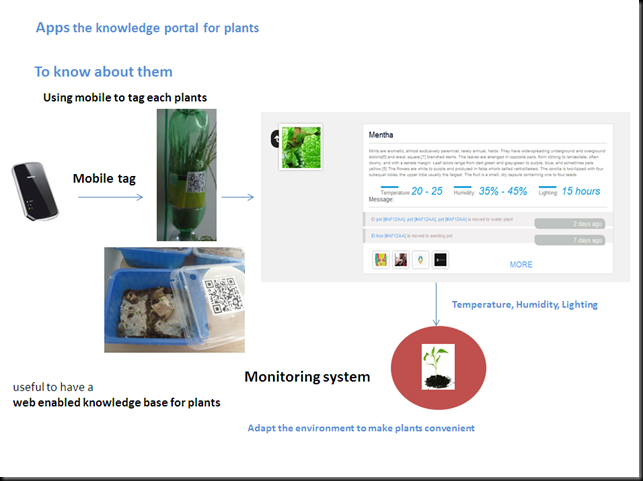
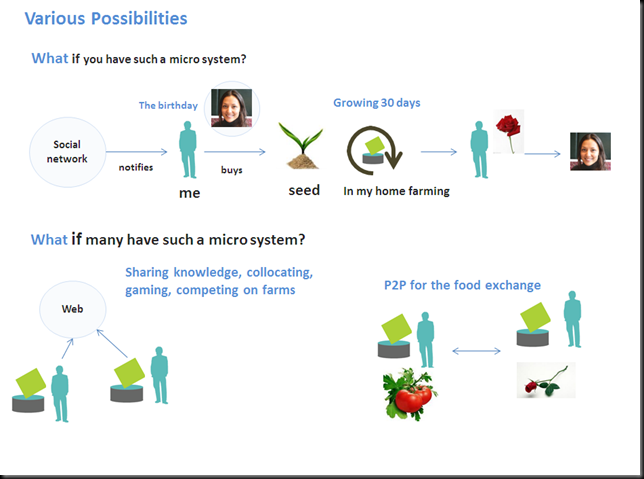
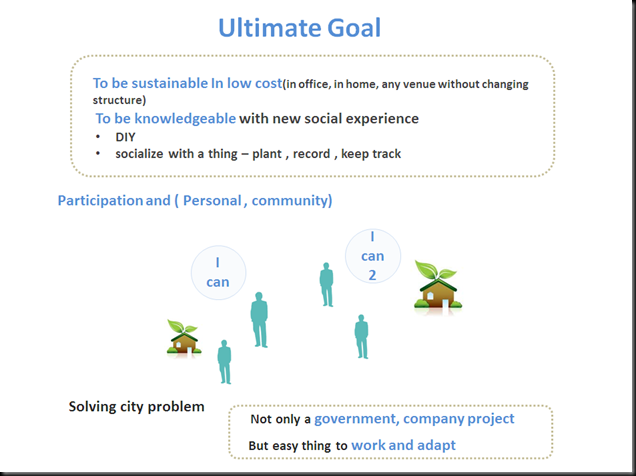
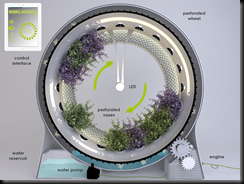
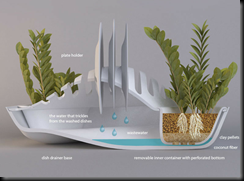
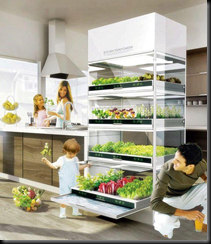
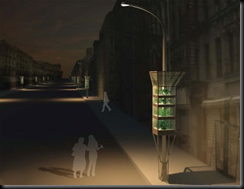










 VS
VS